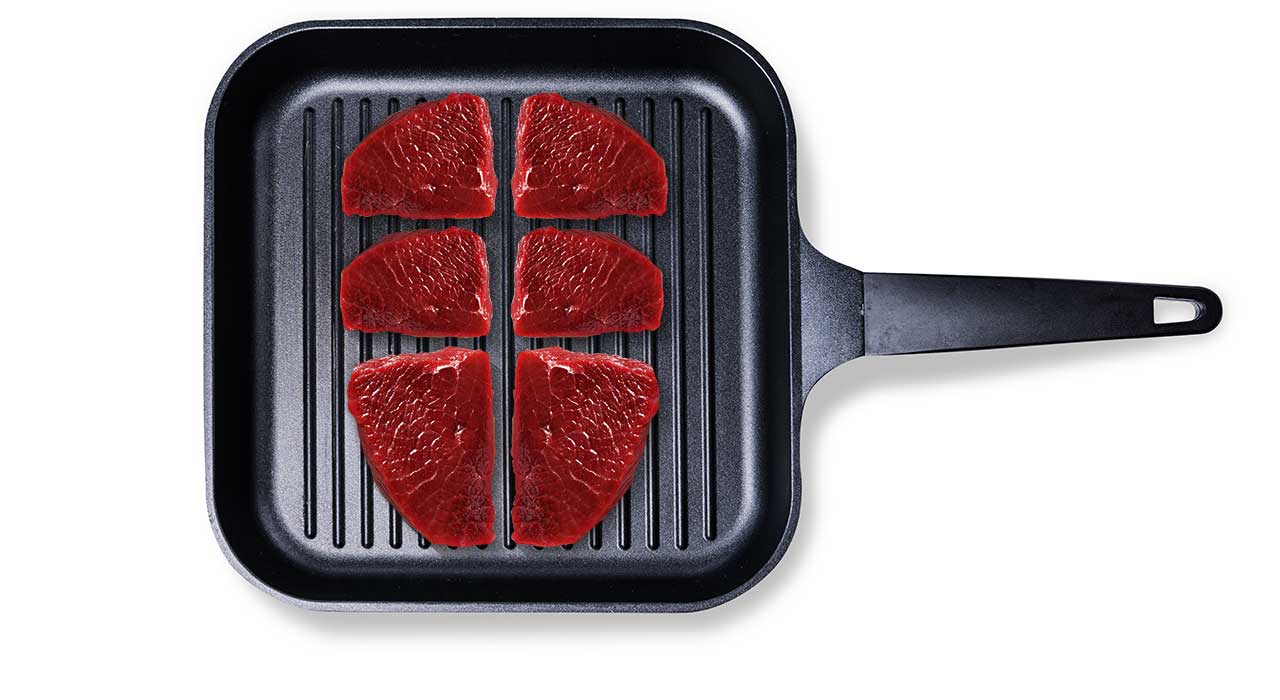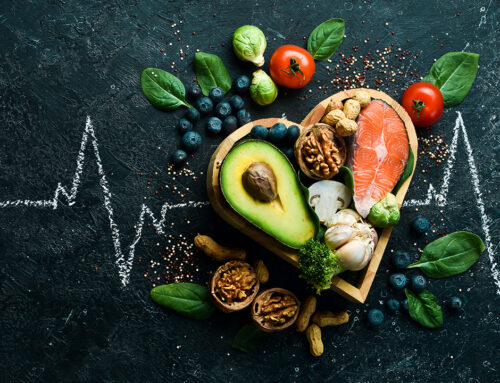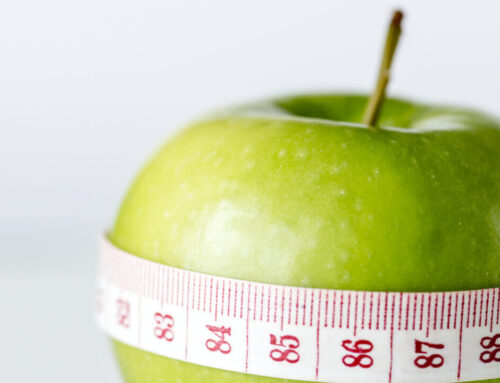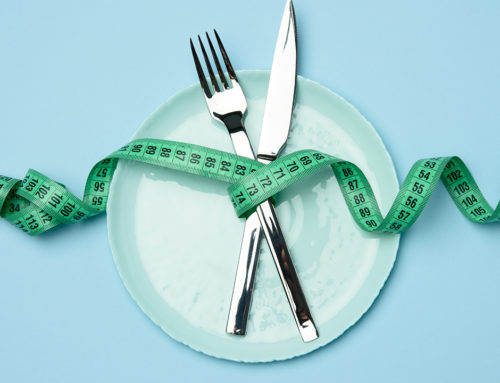You may be eating a ketogenic diet that’s making you leaner but failing you on the health front. Here’s how to be lean for life.
The ketogenic diet has been a widely used weight-loss principle for decades but only recently has it gained mass media attention. For some, it’s the ultimate way to torch stubborn fat reserves, by creating an environment where the body thrives off dietary fats, accelerating the loss of stored fat for fuel. If you enjoy eating fat-rich foods, the ketogenic approach may be an exciting prospect, but it must be done correctly. Below are the ten vital ketogenic principles for successful leanness.
Quality Always Matters
Don’t view the ketogenic diet as an opportunity to exist off of sausages, bacon, processed cheese, and other inferior sources of fat. This is not going to be conducive to long-term health. A diet rich in these foods will impact health factors such as your cholesterol, and will spark inflammatory responses in your body. Instead, opt for fats rich in Omega 3 because they help manage systemic inflammation, encourage higher HDL cholesterol readings, mitigate against LDL cholesterol, and help control circulating triglycerides. No matter the style of diet, it’s always prudent to maintain a health-oriented mindset which looks beyond body composition.
Calories Still Count
Even though the ketogenic diet helps the body tap into fat stores for energy, the laws of thermodynamics still apply. Don’t fall into the trap of thinking that eating a carb-free, high-fat diet is enough to get shredded. If you exceed your daily calorie allowance, your body will not become the lean, shredded physique you envisioned.
Given the very nature of ketogenic dieting, counting calories must be done stringently because it is extremely easy to over-consume energy. Each gram of protein and carbohydrates contains four calories, where fats have nine calories. With such a calorie-dense macronutrient, energy balance must still be monitored.
Get the Ratios Right
High-fat, low-carb diets are not necessarily ketogenic, this is a big misconception which many fail to understand. Entering ketosis and staying there is a process, which is triggered when ketone serum levels reach 0.5mM. However, readings of 1.6 – 2.9mM are considered the optimal range. Reaching this stage can be done within two days, however, the diet must consist of 70% fat, 25% protein, and 5% carbs (no more than 50g per day). The lower protein content is in place to prevent gluconeogenesis converting protein to glucose, thus preventing the body from entering the state of ketogenesis. If the keto diet is something you want to employ, being fastidious with macro ratios is essential, and must be done consistently.
Understand the Phases of “Fat Adaptation”
Some people are naturally inclined to use fat for energy, but others may need to consistently work towards it. Those who are able to follow a keto diet, and thrive off of it, are said to be fat-adapted. Once fat adaptation occurs, a person’s body is able to burn fat effectively and feel energized with very little carb intake, and they’ll experience reduced cravings for sugary, starchy foods. It’s important to note that being fat-adapted does not mean you are in ketosis! Ketosis means your body is producing ketones for energy, whereas a fat-adapted individual is using fat as fuel through fat oxidation and glycolysis.
Encourage Anabolism
Using supplements to help bridge the gap left by a lower protein and carbohydrate intake is a smart move when following the ketogenic diet. Namely, fermented glutamine and an essential amino acid blend are optimal choices for users of this diet. They help trigger further muscle protein synthesis and provide the required building blocks for tissue regeneration.
Eat Plentiful Amounts of Cruciferous Vegetables
Many keto practitioners will encourage you to avoid vegetables, but I personally advise the opposite! In my opinion, there is never a time when cutting out fibrous vegetables is a good idea. They are nutrient dense, essential for gut health, and low in calories – which can help you feel full. Always ensure you consume plenty of green leafy vegetables in your diet for the health benefits they provide.
Support Gut Health
Diets rich in Omega 3 fats can help augment gut health as they lubricate the GI tract, this is why krill is widely acknowledged for its impact on digestion. When following a keto diet, be mindful that your fat intake needs to be predominantly Omega 3 for healthy gut function, and consider using additional supplements, such as digestive enzymes, to further support digestion. Fats can slow down digestion, which means the whole digestive system has to work harder, so supporting this with proper foods and supplements is a smart idea. Hydration is a fundamental part of nutrient processing, so aim to drink no less than one gallon of filtered water with electrolytes every day.
Boost your Energy
Once fully adapted to the keto diet, energy levels will be surprisingly good as the body has high levels of dietary fat to use. Additionally, once the body is skilled at converting this source efficiently, there are no crashes in blood sugar levels, removing the large drop in energy often experienced when consuming carbohydrates. However, in the morning and before intense training, taking in some additional energy via medium chain triglycerides is a great idea as the body can process these quickly for a rapid energy supply. Coconut is a good source of MCTs, and the oil can be enjoyed in black coffee before you hit the gym.
High Meal Frequency is Superior for Keto Diets
Given that this diet consists of a lower protein protocol and is largely devoid of carbohydrates, it’s important to be mindful of muscle-sparing properties. Habits such as eating every three hours to trigger muscle protein synthesis is the best approach to help the body retain muscle tissue.

Consider Cyclical Keto Dieting Instead
Cyclical ketogenic dieting is a hybrid alternative, whereby a high-carb day occurs once per week, consisting of around 60% carbs, 30% protein, and 10% fat. This helps replenish muscle and liver glycogen, fills out muscle cells, stimulates the thyroid which governs metabolism, and allows you to enjoy carbohydrates. This can be a great system as a long-term lifestyle approach; however, it’s essential to immediately return to the keto format the day after the carb refeed!
The ketogenic diet won’t be for everybody. A successful user must have a natural preference towards fats to adopt this as a long-term plan, and be prepared to carefully monitor their caloric intake each day. For those who thrive on this approach, it can be a life-changing habit to leverage. If you do attempt it, give your body ten days to adapt and feel energized because the initial stages can be challenging during the transitional period.
EXPERT: Kris Gethin is a nutrition consultant, trainer and CEO of Kaged Muscle. Author of Man of Iron: A world-class bodybuilder’s journey to become an Ironman







